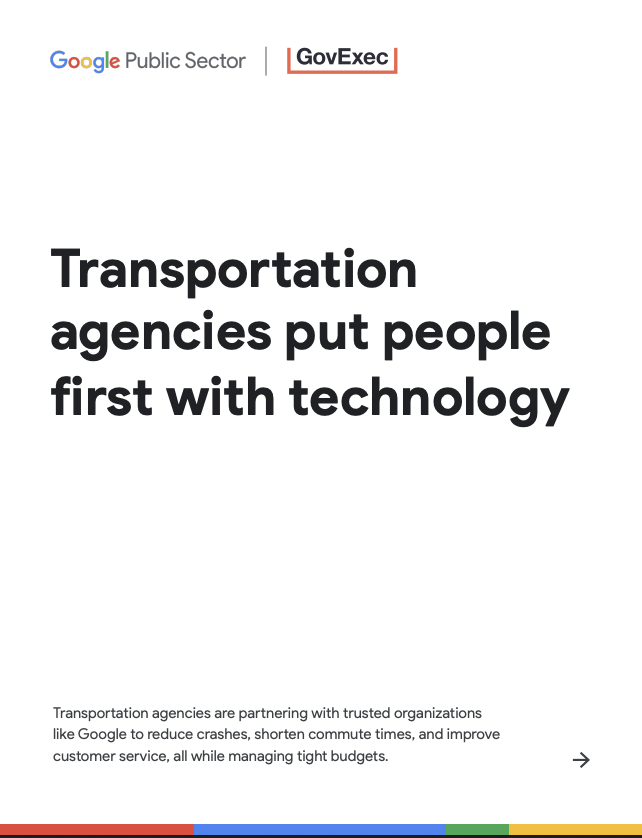Revolutionizing Transportation: How Tech is Prioritizing People's Safety and Efficiency

The future of transportation is here, and it's powered by technology. Across the nation, transportation agencies are embracing innovative solutions to not only optimize operations but, crucially, to prioritize the safety and well-being of the public. This isn't just about smoother commutes; it's about drastically reducing accidents, improving emergency response, and creating a more accessible and equitable transportation system for everyone.
The Power of Partnerships and Innovation
The shift is being driven by strategic partnerships and a willingness to adopt cutting-edge technologies. Transportation agencies are recognizing that traditional methods are no longer sufficient to meet the demands of a growing population and increasingly complex infrastructure. Leading the charge are tools and platforms developed by companies like Google, utilizing the power of Artificial Intelligence (AI), Machine Learning (ML), and Geospatial technologies.
AI and Machine Learning: Predicting and Preventing Accidents
One of the most impactful applications of AI and ML is in predictive analytics. By analyzing vast datasets of traffic patterns, weather conditions, and historical accident data, these systems can identify high-risk areas and times. This allows agencies to proactively deploy resources, adjust traffic signals, and issue warnings to drivers – all aimed at preventing accidents before they happen. Imagine a system that flags a specific intersection as likely to experience congestion and accidents during rush hour, prompting authorities to adjust traffic flow in real-time. That's the power of AI in action.
Geospatial Tools: Mapping a Safer Future
Geospatial tools, including advanced mapping and location-based services, are also playing a crucial role. These technologies provide a comprehensive view of the transportation network, allowing agencies to identify areas needing improvement, optimize route planning, and respond more effectively to emergencies. For example, real-time traffic data integrated with mapping systems can guide emergency vehicles along the fastest and safest routes, significantly reducing response times and potentially saving lives.
Beyond Safety: Enhancing Efficiency and Accessibility
The benefits extend beyond safety. Technology is also being used to improve the efficiency of transportation systems, reducing congestion and travel times. Smart traffic management systems, connected vehicles, and real-time information services are all contributing to a more seamless and convenient travel experience. Furthermore, these technologies can enhance accessibility for individuals with disabilities, providing them with greater independence and mobility.
Looking Ahead: The Connected Transportation Ecosystem
The future of transportation is undeniably connected. We're moving towards an ecosystem where vehicles, infrastructure, and people are all seamlessly integrated, sharing data and communicating in real-time. This interconnectedness will enable even more sophisticated applications of AI, ML, and geospatial technologies, further enhancing safety, efficiency, and accessibility. By prioritizing people and embracing innovation, transportation agencies are paving the way for a smarter, safer, and more sustainable transportation future.






